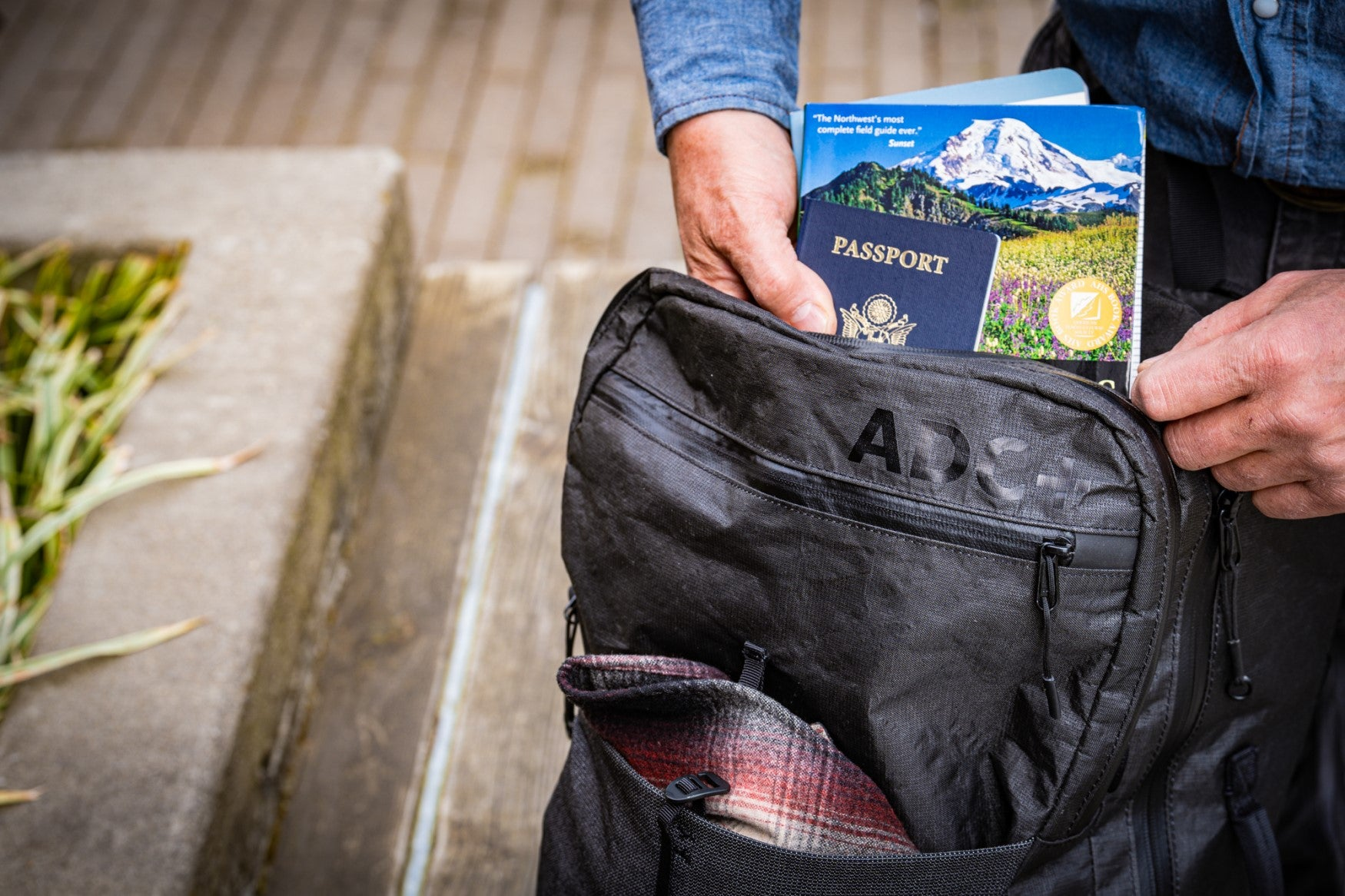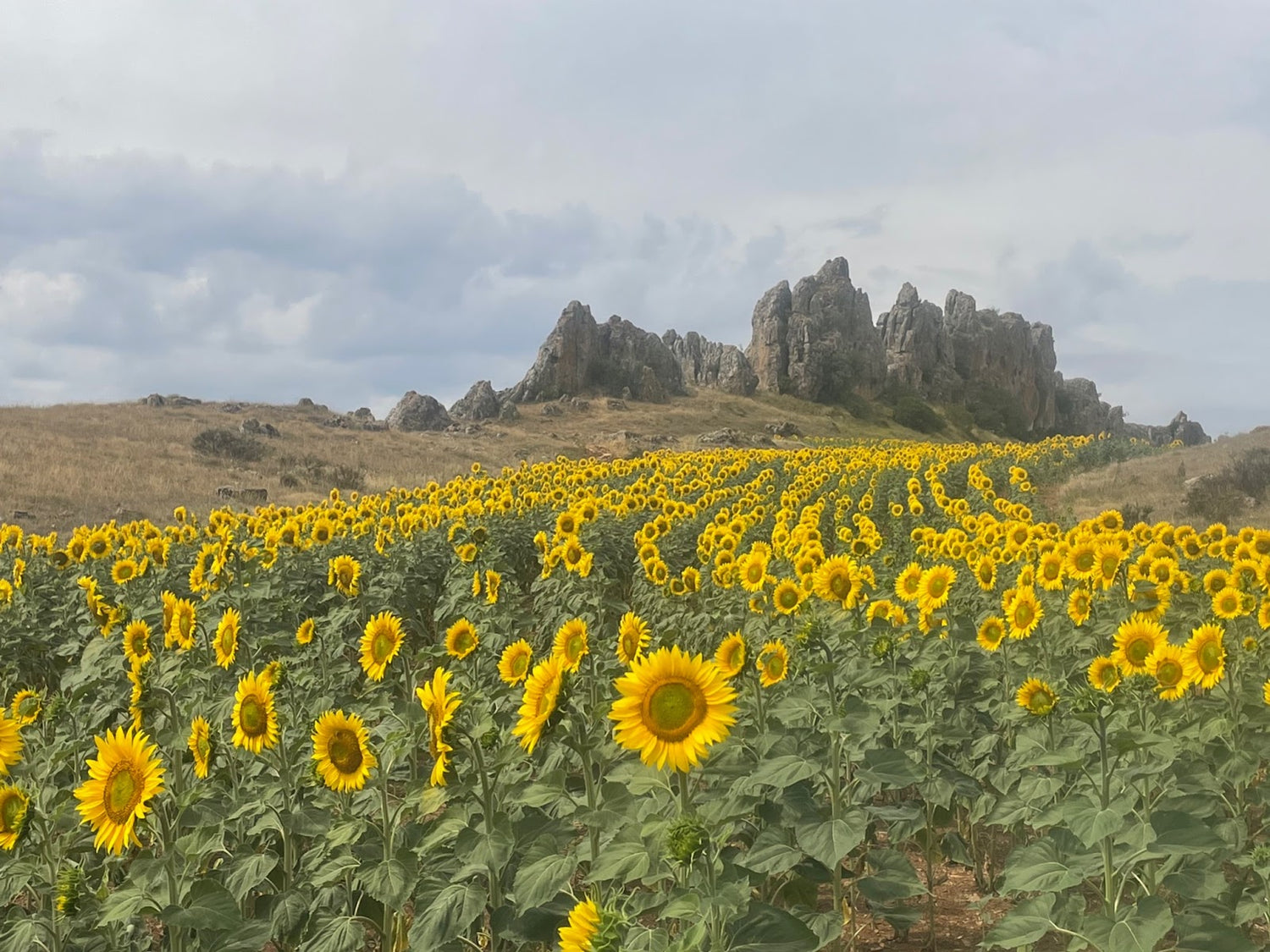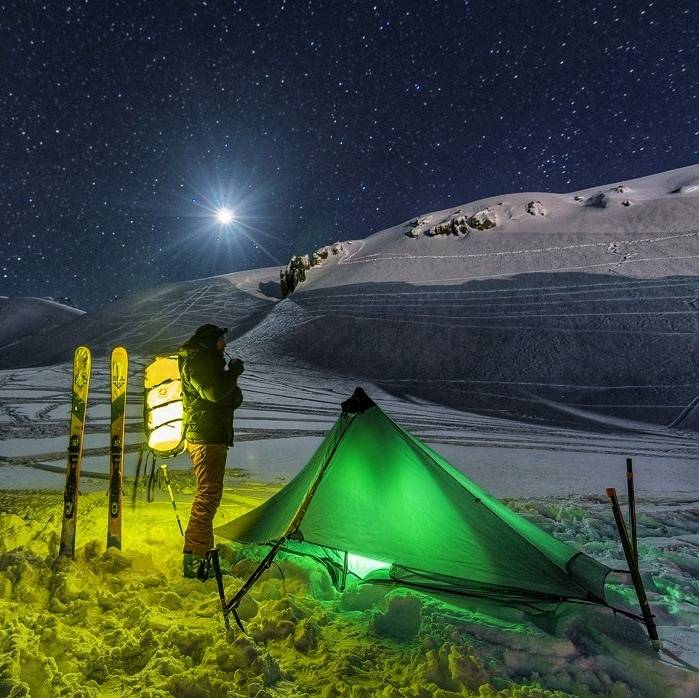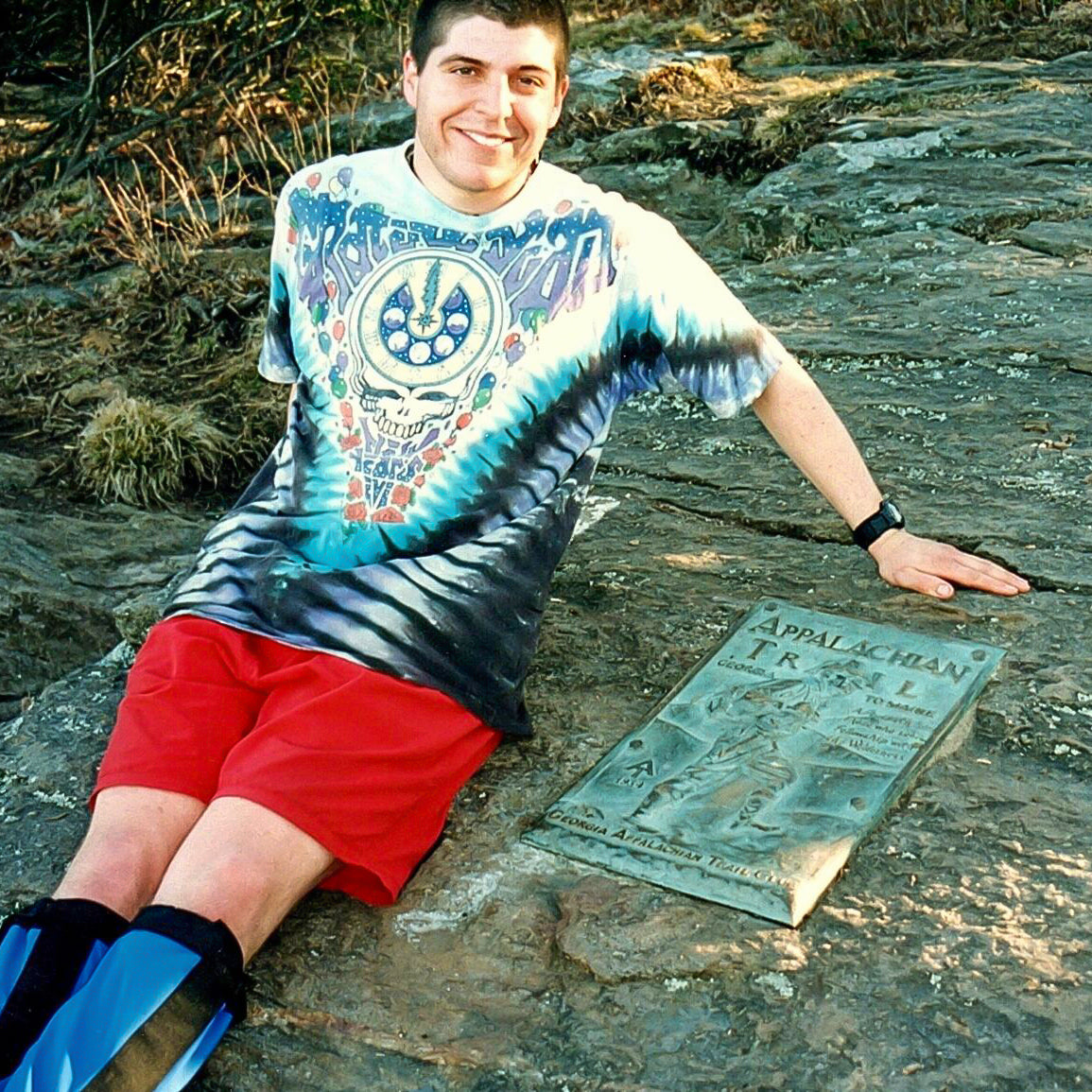The Camino Olvidado is one of the most ancient Camino de Santiago routes, leading walkers through the southern valleys of the Cantabrian Mountain range. The path begins in Bilbao and winds approximately 500 kms southwest to connect with the Camino Frances at Villafranca del Bierzo. This Camino is best suited for intrepid, experienced walkers who seek an authentic pilgrimage experience.

Natural highlights include riverside strolling, sweeping mountain landscapes, and rocky narrow gorges.

History buffs will appreciate stretches of ancient Roman road, remains of megalithic monuments, and curious anthropomorphic tombs. This camino also highlights the best Romanesque art and architecture in the world. I especially enjoyed the “Massacre of the Innocents” column at the Santa Cecilia Hermitage in Aguilar de Campoo.

There are unique opportunities such as the La Encartada Beret Factory tour and soaking up magic at the mystical Tamaric thermal fountain in Velilla del Rio Carrion.

This Camino ends at Villafranca’s gorgeous Romanesque “Door of Forgiveness”. Historically, pilgrims who were physically unable to continue the approx. 200km onwards to Santiago de Compostela Cathedral could stop here and receive their plenary indulgence. Nowadays, the Villafranca del Bierzo Tourist Office issues a special certificate called the “Olvidada” to celebrate your accomplishment.

HISTORY
The pull of faith and adventure led to millions of medieval pilgrims journeying across Europe to visit Santiago’s tomb. Between the 9th and 12th centuries the Camino Olvidado was the most popular way to avoid the south occupied by the Moors, and the north’s high mountains passes with coastal pirate attacks. The Olvidado fell out of favour when the Reconquista pushed back the Moors, thus opening up the easiest walking terrain of the plateau. A popular pilgrim guidebook called the Codex Calixtinus was published highlighting this new route - which has since become the Camino Frances. The older Camino Olvidado path was “forgotten” into oblivion until a recent revival in the last ten years.

STAGES
The official Camino Olvidado website has a detailed 22-stage itinerary complete with elevation profile and trail notes. Their recommended stages include some 30+km days, but it is possible to break them up into shorter stages.

The Camino Olvidado is generally simple to follow with signage, but I was glad to have the GPS tracks uploaded into Maps.Me. It is easy to miss turns due to obscured arrows, so I regularly verified my position throughout the day. The official Camino Olvidado association also has an app with GPS map location features.

The trail itself is very varied - from light canyon scrambling, steep slopes, leafy forests, and quiet dirt village roads. There are some very tedious asphalt road walks, but at least the spectacular mountains will frequently be in view. Some pilgrims choose to take taxi/train transportation to skip over these “duller” sections. I walked each step, keeping shady with my Six Moons Designs enjoying the meditative rhythm of the long sections.

ACCOMODATIONS
The local Camino associations are working hard to open up more traditional dorm-style albergues for Camino Olvidado walkers (approx. 10 euros a night for a bed). Many stretches do not have any budget accommodations, and private hotels/pensions are the only option (20 - 50 euros for a room). Camping is a possibility, inquire with locals for advice where to pitch a tent in a safe, suitable place.

FOOD & WATER
Most villages have a fountain or water spout near the central square. The water is untreated, but I did not suffer any ill-effects. If the fountain is dry, approach a friendly villager and they will point you to a flowing water source, or perhaps refill your bottles directly from their homes.

There are infrequent opportunities to purchase food along the route. I tried to keep a two-day supply of food in my backpack (usually bread, cheese and meat). The small village bars keep odd hours, and the posted information on Google cannot be relied upon. Take advantage of any place you see open, for a coffee, beer, or snack!
The larger towns like Balmaseda will have a variety of restaurant options. A must try there is the traditional Basque stew called putxera. It is a tasty dish (originally created by railway workers) with red beans, bacon, and sausage cooked in a small metal pot.

LOCAL VIBE TOWARDS PILGRIMS
When walking in during the Spanish holiday season of August, many of the villages will be busy with folks returning to their ancestral family homes from big cities. During the winter months, a village may only have 2-5 full-time residents, but balloon to 100+ during the month of August. Many people were absolutely shocked to see a pilgrim on foot - and quite curious to meet me. They were proud of the Camino cultural heritage and thrilled a foreigner was exploring their countryside.

My Spanish level is quite basic, but a cheerful smile goes a long way. I was gifted delicious treats like fruit, pastries, cheese and wine by kind strangers. A number of times I was invited into their homes for exceptional home cooked meals. I was greeted with outstanding generosity and hospitality each day.
In Noceda del Bierzo, I arrived at the newly built pilgrim albergue on the outskirts of the village. The area is famous for early neolithic settlements. A municipal worker stopped in to tidy the bathroom, and I asked her if the local archeology museum was open. She was super friendly and telephoned the mayor of Noceda del Bierzo. The mayor drove to the albergue, picked me up, unlocked the museum, and kindly gave me a private tour explaining the artifacts. It was one of my favourite days on the Olvidado and I was astonished by the kindness shown that afternoon.

One of the many friendly locals I met along the Camino Olvidado!
ADVICE TO FUTURE WALKERS
I carried my beloved Six Moon Designs Skyscape X tent and camping gear in case I could not find accommodations. A lightweight tarp like the Six Moon Designs Gatewood Cape would be perfect for rain protection, and a “just-in-case” shelter option for hiking through the remote areas.

Ensure your backpack will be large enough to carry more gear, water, and food than an average Camino. There is no opportunity for luggage transfer on this route! My Six Moon Designs Swift X backpack was very comfortable and had ample space for giant loaves of bakery bread.

The Camino Olvidado will only increase in popularity over time, so the best time to walk is now. As the route passes through so many remote areas, some advance planning is required. Those with tighter Camino budgets may prefer to wait until the infrastructure improves.












Leave a comment
This site is protected by hCaptcha and the hCaptcha Privacy Policy and Terms of Service apply.